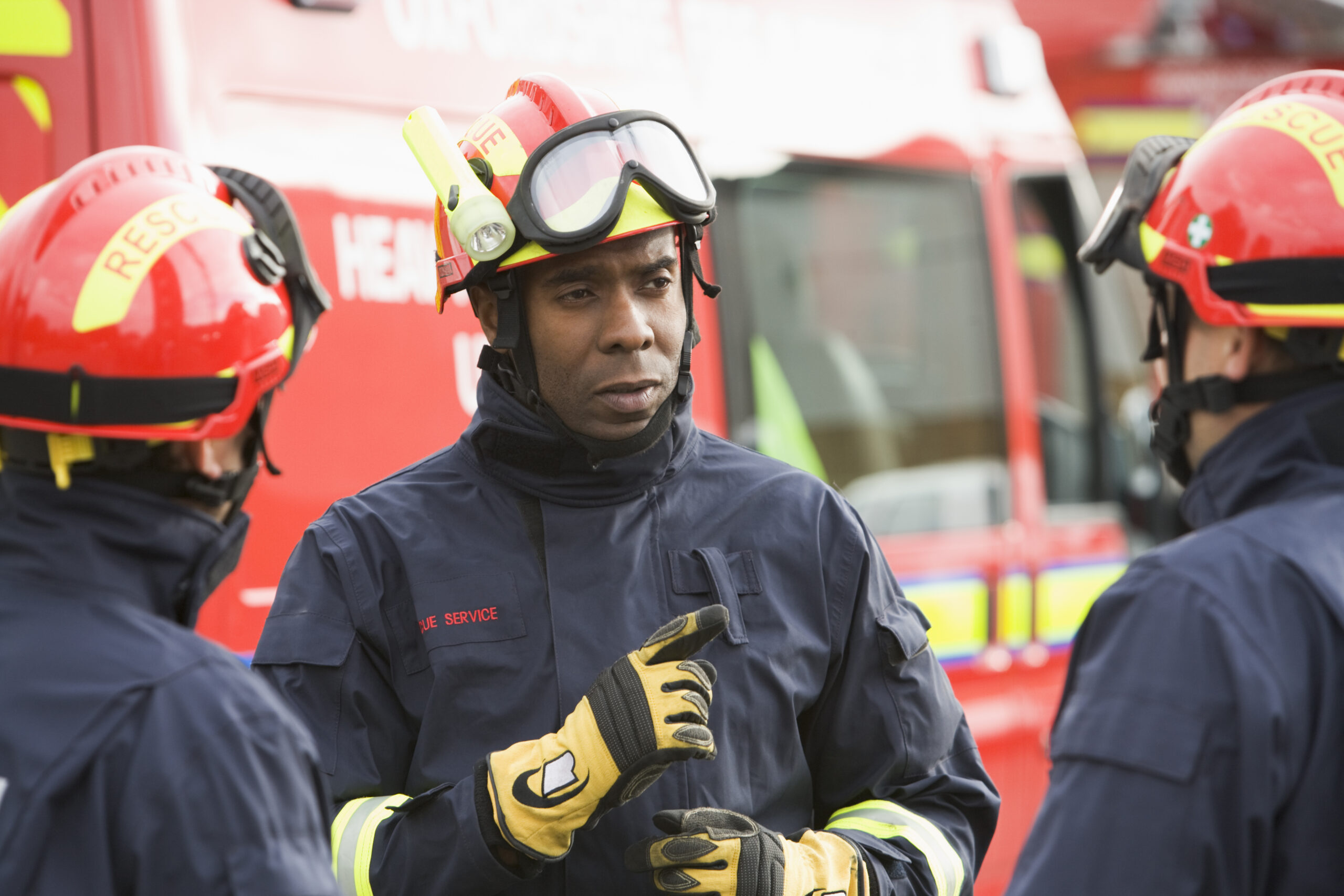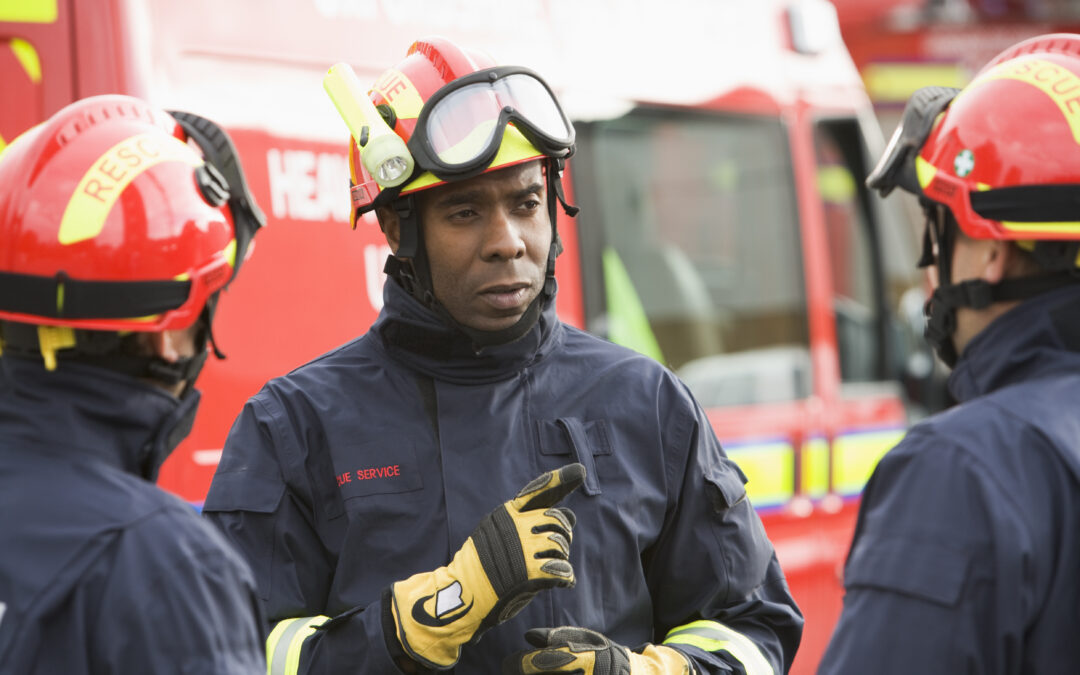In a world where natural and man-made disasters can strike without warning, being prepared is not just wise; it’s essential. Understanding the risks that loom in your area is the first step toward fortifying yourself and your loved ones against the unexpected.

*Understanding the Risks: Identify Potential Disasters in Your Area**
Every region has its unique set of hazards. From hurricanes and earthquakes to floods and wildfires, knowing what you’re up against is crucial. Start by researching local history—what types of disasters have occurred in your community before? Engage with local emergency management agencies or visit their websites for insights on prevalent threats. This knowledge empowers you to take specific actions tailored to your environment, helping you anticipate challenges before they arise.
*Creating a Comprehensive Emergency Plan**
Once you’ve identified potential risks, it’s time to craft an effective emergency plan. Involve every member of your household to ensure everyone knows their role during a crisis. Establish meeting points both near home and outside your neighborhood where you can regroup if separated. Discuss evacuation routes and practice them regularly. Importantly, designate a point of contact outside your area who can help coordinate communication if local lines are down. Remember, clear plans minimize panic when disaster strikes.
*Building a Preparedness Kit: Essential Supplies You Must Have**
A well-stocked preparedness kit is your lifeline during emergencies. Gather essential supplies that cater to various scenarios: food and water that can sustain each individual for at least three days, first aid items, flashlights with extra batteries, sanitation products, and any necessary medications should be at the forefront of your collection efforts. Don’t forget important documents—insurance papers, identification cards—and consider including cash since ATMs may be non-operational during crises.
Additionally, think about incorporating specialized items like pet food if you have furry friends or baby supplies if there are young children involved in your household. Customizing kits based on individual needs ensures everyone will be adequately taken care of when faced with adversity.
*Communication Strategies: Staying Connected During a Crisis**
Effective communication during an emergency can save lives. Consider using group texting apps or social media platforms as alternative means to stay connected if traditional telephone services fail. Moreover, familiarize yourself with two-way radios as they often provide reliable communication when cell networks are overwhelmed or out-of-service entirely.
Thank you for reading this post, don't forget to subscribe NOW for FREE!
Encourage family members to keep charged power banks handy for their devices; this small effort could make all the difference when trying to reach loved ones amidst chaos.
*Regular Drills and Updates: The Importance of Training and Preparedness Reviews**
Preparedness isn’t a one-time task; it requires ongoing commitment through regular drills and updates. Schedule periodic practice sessions to ensure everyone remembers protocols clearly—rehearsing will help solidify roles within the family unit while building confidence in handling real-life situations efficiently.
Moreover, review and update your emergency plan annually or whenever life circumstances change—new family members arrive or kids grow older may necessitate adjustments in responsibilities or supplies required.
In conclusion, disaster preparedness hinges on awareness and proactive measures tailored specifically to individual needs and environmental realities. By understanding risks, creating robust plans, assembling thorough kits, maintaining open lines of communication, and committing to regular training exercises—all these steps culminate into effective strategies that empower individuals facing the unpredictable storms of life!






